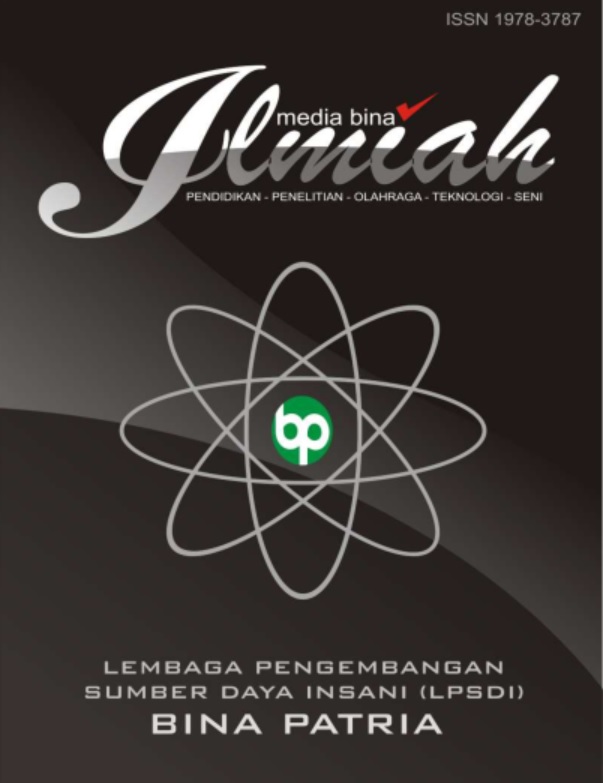OPTIMIZATION OF CAPITAL MANAGEMENT FOR THE SUSTAINABILITY OF CULINARY SMES
Keywords:
Capital Management, Business Efficiency, Geprek Mantul Karangjati, Cash Management, Inventory, Culinary SMEsAbstract
This research aims to analyze the capital management strategies implemented by Geprek Mantul Karangjati to improve the efficiency of their culinary business. Using a qualitative approach with in-depth interview techniques and participative observation, this study identifies unique practices in working capital management, cash flow, and inventory control. The results show that Geprek Mantul Karangjati allocates working capital proportionally, with 25% for cash, 10% for accounts receivable, and 65% for inventory. Unique strategies implemented include real-time stock monitoring, standardized storage, application of the FIFO (First In First Out) method, as well as strict and disciplined cash management. Additionally, this business focuses on operational efficiency through employee training, flexible shift systems, and equipment maintenance. The findings of this research affirm that effective and structured working capital management plays an important role in improving efficiency, financial stability, and sustainability of culinary businesses. These strategies can serve as a reference for similar SMEs facing working capital management challenges
References
Alalwan, A. A., Dwivedi, Y. K., Rana, N. P., & Williams, M. D. (2017). Social media in marketing: A review and analysis of the existing literature. Telematics and Informatics, 34(7), 1177–1190.
Anderson, R. E., & Srinivasan, S. S. (2003). E-satisfaction and e-loyalty: A contingency framework. Psychology & Marketing, 20(2), 123–138.
Bhattacherjee, A. (2001). Understanding information systems continuance: An expectation-confirmation model. MIS Quarterly, 25(3), 351–372.
Bhattacherjee, A., & Hikmet, N. (2008). Reconceptualizing organizational support and its effect on information technology usage: Evidence from the health care sector. Journal of Computer Information Systems, 8(2), 69–76.
Bryman, A., & Bell, E. (2015). Business research methods (4th ed.). Oxford University Press.
Chen, J., & Lin, Z. (2018). The role of live streaming in e-commerce: A systematic review. Electronic Commerce Research and Applications, 28, 85–101.
Chen, J., & Dubinsky, A. J. (2003). A conceptual model of perceived customer value in e-commerce: A preliminary investigation. Psychology & Marketing, 20(4), 323–347.
Creswell, J. W. (2014). Research design: Qualitative, quantitative, and mixed methods approaches (4th ed.). Sage Publications.
Davis, F. D. (1989). Perceived usefulness, perceived ease of use, and user acceptance of information technology. MIS Quarterly, 13(3), 319–340.
Hair, J. F., Hult, G. T. M., Ringle, C. M., & Sarstedt, M. (2017). A primer on partial least squares structural equation modeling (PLS-SEM) (2nd ed.). Sage Publications.
Li, C., & Wu, J. (2020). Factors influencing the adoption of live streaming e- commerce in China. Journal of Retailing and Consumer Services, 58, 102301.
Lin, J. S. C., & Hsieh, P. L. (2006). The role of technology readiness in customers’ perception and adoption of self-service technologies. International Journal of Service Industry Management, 17(5), 497–517.
Sekaran, U., & Bougie, R. (2016). Research methods for business: A skill-building approach (7th ed.). Wiley.
Tam, C., & Oliveira, T. (2017). Literature review of mobile banking and individual performance. International Journal of Information Management, 37(3), 120–
132.
Venkatesh, V., Morris, M. G., Davis, G. B., & Davis, F. D. (2003). User acceptance of
information technology: Toward a unified view. MIS Quarterly, 27(3), 425–478.
Venkatesh, V., Thong, J. Y. L., & Xu, X. (2012). Consumer acceptance and use of information technology: Extending the unified theory of acceptance and use of technology. MIS Quarterly, 36(1), 157–
178.
Wang, W., Ou, W., & Chen, W. (2019). The impact of inertia and user satisfaction on
the continuance intentions to use mobile communication applications: A mobile service quality perspective. International Journal of Information Management, 44, 178–193.
Zeithaml, V. A. (1988). Consumer perceptions of price, quality, and value: A means- end model and synthesis of evidence. Journal of Marketing, 52(3), 2–22.
Downloads
Published
Issue
Section
License
Copyright (c) 2025 Sanea Ayu Juliani , Krisnawati Setyaningrum Nugraheni

This work is licensed under a Creative Commons Attribution 4.0 International License.
















